Greenwich Fair: Where Dickens let his hair down150 years after it was shut down for debauchery, Charles Dickens’ favourite fair is back.
Roll up, says Dominic Cavendish .
Photo: National Maritime Museum/John Marshall & Co
By Dominic Cavendish
By Dominic Cavendish
18 Jun 2011
FROM: www.telegraph.co.uk
What would one give to be transported back in time to experience Greenwich Fair at its giddy height? As it gathered force in the early 19th century – having begun life, judging by earliest mentions, a century earlier – it prompted visitors of a literary disposition to reach for their pens in wonder.
Dickens plainly adored the multitudinous spectacle that seized Greenwich every Easter and Whitsun. In Sketches by Boz (1836), he declares “we were a constant frequenter of Greenwich Fair, for years” - and confesses that if the memory of the high times enjoyed in earlier, youthful years is cloudy, that has much to do with the befuddling effect of late nights and too much drink. But, of course, his memory isn’t cloudy; distilling into 3,000 words or so the essence of all the fun and frolics, which he likens to “a sort of spring-rash: a three days’ fever, which cools the blood for six months afterwards”, his article is packed with keenly observed details.
He describes the unruly mass migration across London by every mode of transport - “Cabs, hackney-coaches, 'shay’ carts, coal-waggons, stages, omnibuses, sociables, gigs, donkey-chaises”. And then he pitches us into the fray, conjuring the hawkers and sharps who haunted the park and its surrounding area by day.
He also relays the most eagerly indulged pastime in the park - that of “tumbling”: “The principal amusement is to drag young ladies up the steep hill which leads to the Observatory, and then drag them down again, at the very top of their speed, greatly to the derangement of their curls and bonnet-caps, and much to the edification of lookers-on from below.”
Such barely respectable daytime pleasures gave way in the evening to the full licentious, thrill-seeking glory of the fair itself. “Imagine yourself”, he continues, “in an extremely dense crowd, which swings you to and fro, and in and out, and every way but the right one; add to this the screams of women, the shouts of boys, the clanging of gongs, the firing of pistols, the ringing of bells, the bellowings of speaking-trumpets, the squeaking of penny dittos, the noise of a dozen bands, with three drums in each, all playing different tunes at the same time, the hallooing of showmen, and an occasional roar from the wild-beast shows; and you are in the very centre and heart of the fair.” READ MORE AT:http://www.telegraph.co.uk/culture/theatre/8581929/Greenwich-Fair-Where-Dickens-let-his-hair-down.html
Dickens plainly adored the multitudinous spectacle that seized Greenwich every Easter and Whitsun. In Sketches by Boz (1836), he declares “we were a constant frequenter of Greenwich Fair, for years” - and confesses that if the memory of the high times enjoyed in earlier, youthful years is cloudy, that has much to do with the befuddling effect of late nights and too much drink. But, of course, his memory isn’t cloudy; distilling into 3,000 words or so the essence of all the fun and frolics, which he likens to “a sort of spring-rash: a three days’ fever, which cools the blood for six months afterwards”, his article is packed with keenly observed details.
He describes the unruly mass migration across London by every mode of transport - “Cabs, hackney-coaches, 'shay’ carts, coal-waggons, stages, omnibuses, sociables, gigs, donkey-chaises”. And then he pitches us into the fray, conjuring the hawkers and sharps who haunted the park and its surrounding area by day.
He also relays the most eagerly indulged pastime in the park - that of “tumbling”: “The principal amusement is to drag young ladies up the steep hill which leads to the Observatory, and then drag them down again, at the very top of their speed, greatly to the derangement of their curls and bonnet-caps, and much to the edification of lookers-on from below.”
Such barely respectable daytime pleasures gave way in the evening to the full licentious, thrill-seeking glory of the fair itself. “Imagine yourself”, he continues, “in an extremely dense crowd, which swings you to and fro, and in and out, and every way but the right one; add to this the screams of women, the shouts of boys, the clanging of gongs, the firing of pistols, the ringing of bells, the bellowings of speaking-trumpets, the squeaking of penny dittos, the noise of a dozen bands, with three drums in each, all playing different tunes at the same time, the hallooing of showmen, and an occasional roar from the wild-beast shows; and you are in the very centre and heart of the fair.” READ MORE AT:http://www.telegraph.co.uk/culture/theatre/8581929/Greenwich-Fair-Where-Dickens-let-his-hair-down.html


























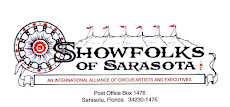















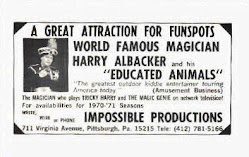

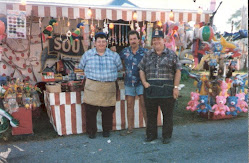




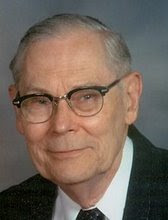
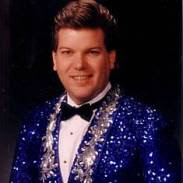




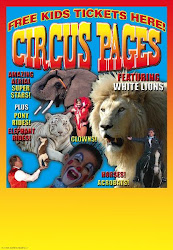

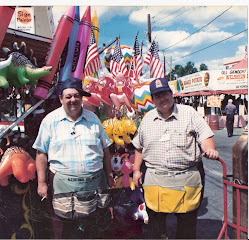
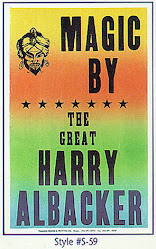











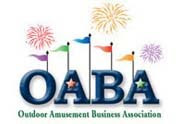



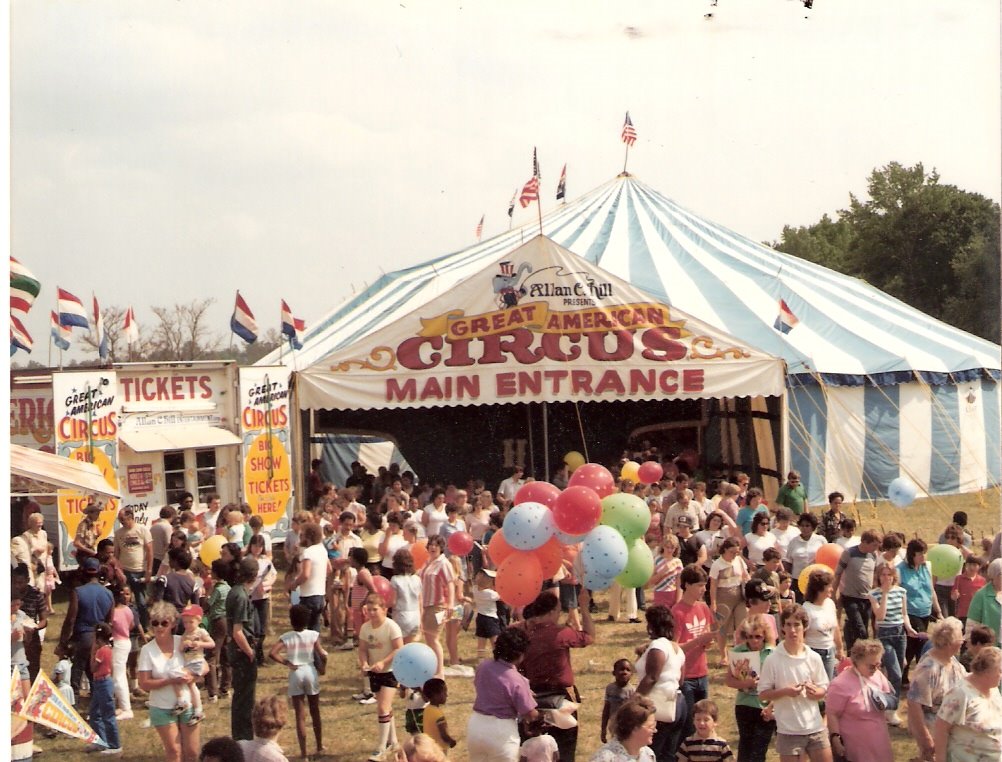









No comments:
Post a Comment